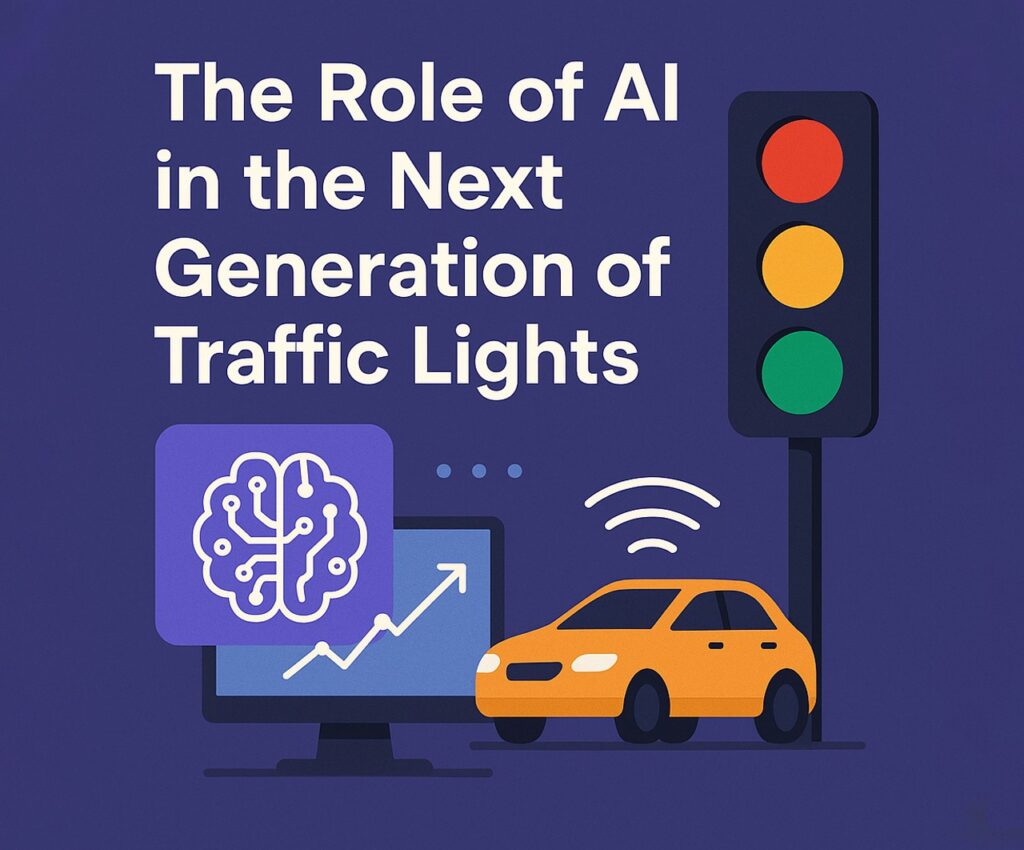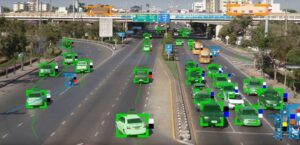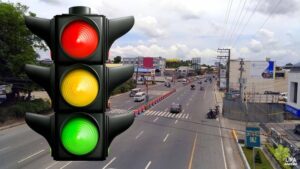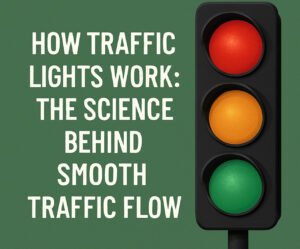The way we move through intersections is about to change. From the familiar blinking yellow traffic light that tells you to slow down, to the flashing red light traffic that signals a full stop, and of course the classic red light traffic light that governs every street corner—these systems have long depended on fixed timers and outdated logic. But now, artificial intelligence is set to turn every traffic light into a smart decision-maker. Know more..
Why Traffic Lights Need a Makeover
The traditional traffic light system is reactive and rigid. Timed cycles don’t consider real-time traffic flow, pedestrian behavior, emergency vehicle movement, or weather conditions. As a result, drivers sit at empty intersections, pedestrians cross dangerously, and cities waste fuel and time. Meanwhile, a blinking yellow traffic light might confuse drivers in high-stress environments or during abnormal weather, while a flashing red light traffic pattern at busy intersections can increase delays and even collisions.
We need something better. AI offers a flexible, data-driven alternative.
AI as a Real-Time Traffic Manager
Imagine a red light traffic light that knows exactly when to turn green. With AI, sensors and cameras collect data on car counts, speed, pedestrian crossings, and even air quality. Algorithms analyze this data in milliseconds to adjust light timings dynamically. The result? Smoother traffic, fewer emissions, and less frustration.
Using AI, a blinking yellow traffic light can be programmed to switch to solid yellow during high pedestrian traffic or extreme fog. Likewise, a flashing red light traffic signal might automatically adapt based on vehicle density and time of day, offering smarter control over intersections without the need for physical police presence or manual overrides.
Smart Intersections Are Already Here
Cities like Pittsburgh, Los Angeles, and Barcelona are already piloting AI-powered traffic systems. In Pittsburgh, adaptive signals reduced travel time by up to 25% and idling time by over 40%. These smart signals learn patterns, predict congestion, and self-correct in real time.
Instead of a rigidly-timed red light traffic light, AI interprets flow and adjusts signal phases. It can even sync multiple intersections, creating a “green wave” that lets groups of cars pass through without constant stopping. And when necessary, a flashing red light traffic mode kicks in to manage four-way stops effectively during outages or low-traffic periods.
The Data Backbone
The magic behind AI-enhanced signals is data—and lots of it. Cameras, GPS data, vehicle-to-infrastructure (V2I) communication, and even smartphone sensors contribute to a vast stream of real-time information. With this data, AI doesn’t just react; it anticipates.
For example, when sensors detect an ambulance approaching, the red light traffic light automatically changes to green in that lane and holds red for crossing traffic. When there’s a football game ending and crowds spill onto the streets, AI shifts a blinking yellow traffic light to a red-and-white pedestrian-focused mode. A flashing red light traffic configuration at the edge of a closed highway ramp can flash faster or brighter based on incoming speed, weather, or congestion.
Benefits Beyond the Commute
While reducing travel time is a major benefit, AI-driven lights offer more than speed. Environmental improvements come from cutting down stop-and-go driving. Public safety improves through better visibility, smarter pedestrian intervals, and faster emergency response.
The flexibility of a blinking yellow traffic light mode allows safer late-night driving and reduced confusion in construction zones. A flashing red light traffic system can mimic human decision-making in unusual scenarios, like detours or events. And an intelligent red light traffic light minimizes rear-end collisions by adjusting stop times dynamically.
Integration with Autonomous Vehicles
As autonomous vehicles hit the streets, their ability to communicate with traffic infrastructure becomes critical. AI-powered lights act as the connective tissue. A self-driving car approaching a blinking yellow traffic light might receive real-time data about oncoming traffic, crosswalk activity, or light timing changes.
The same applies to a flashing red light traffic situation: the vehicle knows whether it’s truly safe to proceed, based on data from other cars, pedestrians, and the traffic light system itself. This transforms the old red light traffic light into an intelligent hub in the mobility network, able to interact with both human drivers and machines.
Challenges and Roadblocks
No technology arrives without issues. Privacy concerns about camera data, the need for standardized infrastructure, and budget constraints all stand in the way. There’s also public education: drivers need to understand how AI-adaptive signals behave. A blinking yellow traffic light that turns red based on sensors might confuse someone used to static patterns. A flashing red light traffic signal that adjusts intensity or duration may look like a malfunction to the uninformed.
That said, transparency and gradual rollout can help. Clear signage, public service announcements, and test pilots in lower-risk areas will ease the transition.
Looking Ahead
In the near future, we won’t just have smarter traffic lights—we’ll have an entire network of decision-making devices. A red light traffic light will be part of a system that talks to other lights, to vehicles, to city planners. The days of guessing whether a blinking yellow traffic light means “slow down” or “go ahead” could end. And the uncertainty of a flashing red light traffic setup might be replaced with informed, data-backed responses.
AI won’t eliminate traffic problems overnight. But it will make every second on the road more efficient, safer, and smarter. The next generation of traffic lights isn’t just about color—it’s about context, computation, and collaboration.





